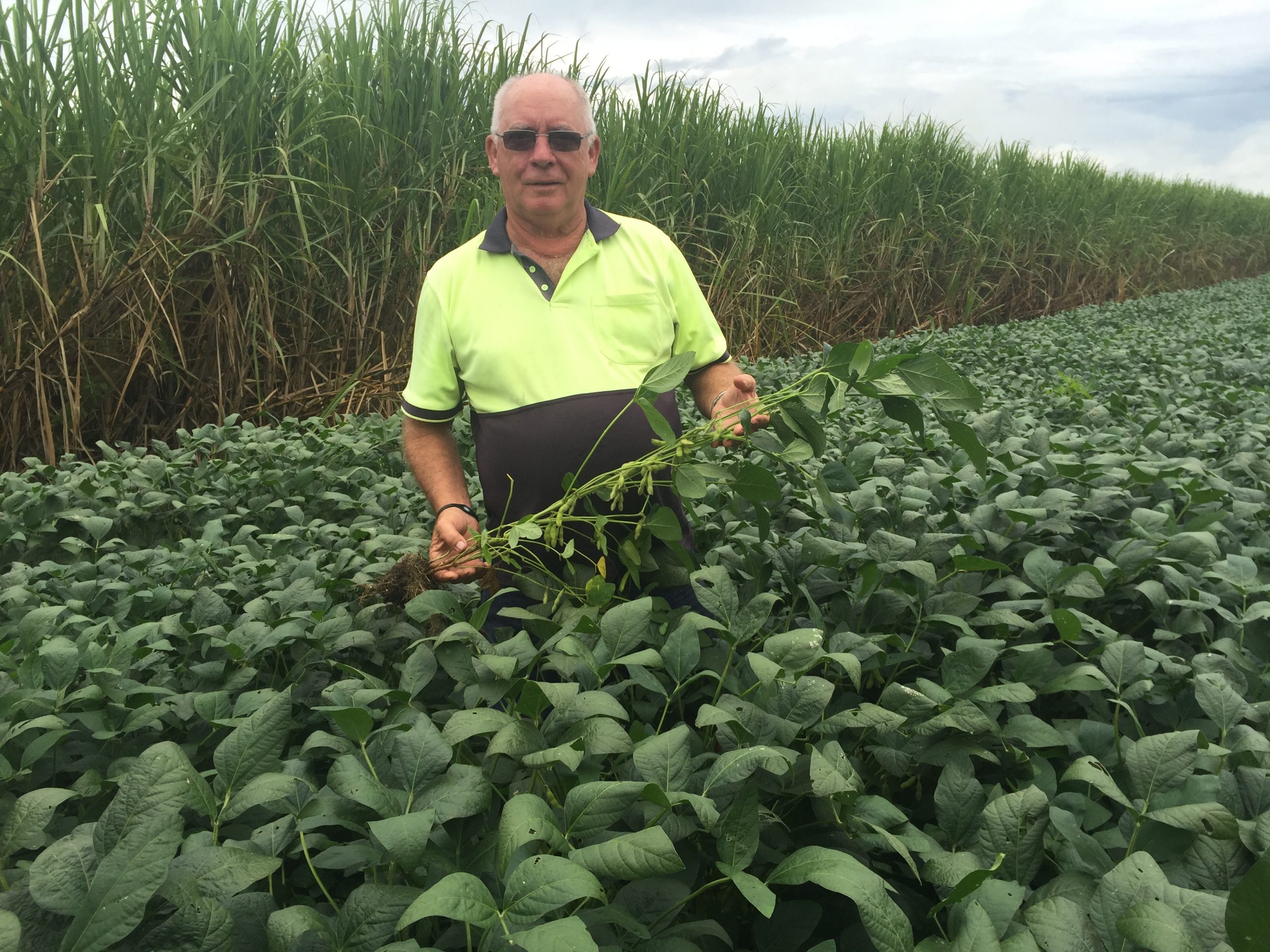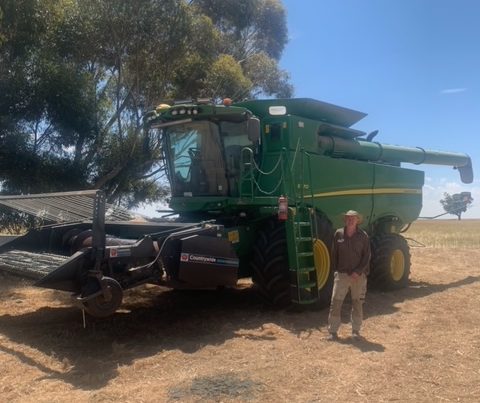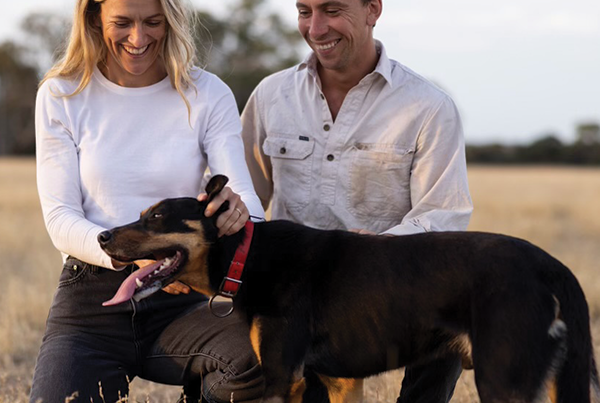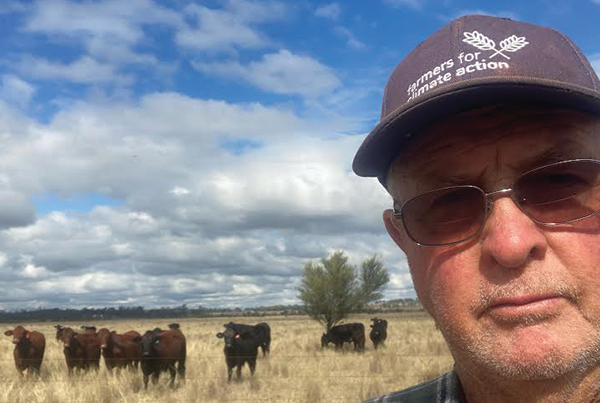At a glance
Who: Robert Quirk
What: 9000 tonnes of sugar cane per annum on 100 hectares using sustainable farming practices
Where: On the coast in the Tweed Valley, on the border of NSW and Queensland
Our climate-smart farmer in focus this month is Robert Quirk. Robert is a Tweed Valley cane farmer who is also an advocate and teacher of sustainable farming practices. He is the recipient of a number of awards, including Carbon Farmer of the Year in 2014, and was named in the top 100 Global Sustain Ability leaders in 2013.
Can you tell us about your property?
We grow about 9000 tonnes of sugar cane per annum, using low inputs thanks to our high organic carbon levels. We’re located on the coast at only half a metre above sea level, which means when sea levels rise in response to a rainfall event, we are inundated; every centimetre rise leads to the equivalent of 10 Olympic swimming pools of water on our farm. We’ve installed large pumps to address this and are able to pump four megalitres per hour off the farm.
How has climate change impacted on your farm business?
I first read about how climate change was set to affect us about 30 years ago, so have been learning about climate and preparing my farm for the last couple of decades. I really believe that you can’t solve a problem unless you accept that it exists. One of the big changes I’ve seen is the changing growing season. When I came home on the farm after leaving school in 1959, you couldn’t plant cane up to the last week in September – this year there was plenty of cane planted in early November. That’s an enormous shift.
Sugar cane is unique in that higher levels of Co2 actually cause it to use less water and boosts growth – so in that regard we’re going okay. But Co2 is just one of the factors of climate change; the big problem for us is rain – we get no rain and then masses of rain. In 2017 we had the biggest flood ever recorded in the valley which led to three metres of water over our cane. We came out of that and managed to grow a record crop. This year, however, we’ve had the hottest, driest summer on record and we’ve battled to get a crop. We’ll get there but only just.
What are some of the climate-smart strategies you’ve been employing and how successful have they been?
In the 1990s I invested in laser levelling to improve drainage and have adopted several agronomic practices to improve organic matter input and promote soil health.
These practices included green cane harvesting with trash retention. Historically, we would burn the cane prior to harvest to drive out rodents and reduce the leaf matter sent with the cane to factories. Now I rarely burn the cane and instead I retain all the leftover organic matter – this helps keep the moisture in which is important during dry spells. It also helps bring your pH levels into equilibrium: if boosts low pH levels and brings high pH levels down. It’s also lifted our organic carbon levels, which means we have really minimal fertiliser inputs. I’ve refined what I do over the last 20 years: now immediately after harvest I spray with five kilograms of urea in 300 litres of water, which helps promote fungi that can build our soil carbon rather than go back into the atmosphere as Co2.
I use minimum tillage practices, legume break crops and have also minimised the application of acid forming fertilisers such as urea by soil and folia testing. I have been able to refine the amount of nutrients to maximise the crop while making savings on inputs.
I maintain the water table at minus 600mm with automated flood pumps which ensures the metals (including H+) and salinity drain through the profile giving roots a much improved environment. Now, my soils have a surface pH of nearly 6 (H2O), and the organic carbon content has increased from under 2% (in 1990) to over 5% in the surface soils. This equates to a conservative estimate of an additional 4800 tonnes of carbon stored on the 100ha property since 1990.
While lowering the water-table potentially increases oxidation through the profile, the increased organic carbon content may offset this by lowering soil redox potential and through increasing soil aggregate stability. Research has shown that acid discharge from my 100ha property has declined since 1990.
I continue to support research activities at my farm on mixed cover cropping and the role of enhanced efficiency fertilisers, and geochemical processes involved in acid sulphate soils. While there are many scientific questions remaining, I regularly harvest 93t sugarcane/ ha compared to a global rain-fed average of around 38 t/ ha. This sustainable yield and improvement in soil characteristics justified the additional work and expense of the adopted soil management practices. This is a good news story with outcomes that have potential widespread benefits.






